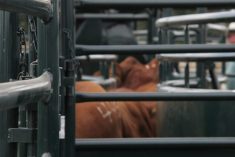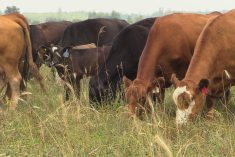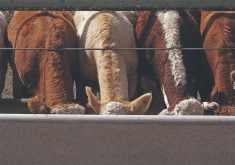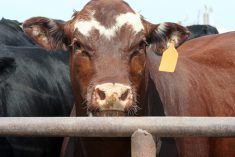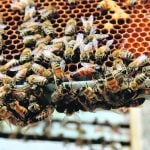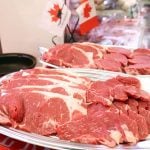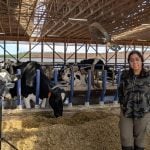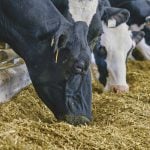Jan. 11 — Feeder cattle prices in Western Canada were slightly lower over the past week due to the stronger Canadian dollar and weaker feedlot demand. Weather is setting a negative tone to overall market conditions on both sides of the border.
Feedlots in the U.S. southern Plains were dealing with a foot of snow, extreme wind and below-normal temperatures. Alberta cattlemen had to contend with temperatures below -30°C and a wind chill that could freeze bare skin in under a minute.
Read Also

Mexico agriculture secretary says still no date for restarting cattle exports to U.S.
Mexican Agriculture Minister Julio Berdegue said on Wednesday that Mexico and the United States have not yet set a date to resume Mexican cattle exports amid an outbreak of the flesh-eating screwworm parasite.
Weather conditions can cause feeder cattle prices to drop by $5-$10 per hundredweight quite easily. Feeder cattle volumes were down across Western Canada due to the adverse conditions, but we should see volumes increase over the next couple weeks if winter conditions ease up.
The short-term outlook for feeder cattle remains sluggish as many analysts are forecasting a surge in supplies over the next month. Talk in the industry suggests that finishing feedlots are becoming extremely fussy when purchasing replacement cattle due to the prolonged drought in the feeding business.
Many cow/calf producers who chose to background calves are now finding that cattle look too fleshy and have a small appetite. It is very difficult to push feeding efficiencies on these types of cattle.
Extreme swings in temperature are also stressing the calves during shipping and handling. Prices can be quite vulnerable to further weakness as feedlots anticipate higher death loss on non-vaccinated calves.
Strength in the Canadian dollar brought the export program to a standstill. This is a major risk in the first quarter as additional strength would add further pressure to the feeder market. A close above previous resistance of US98 cents could signal a push to the par level.
— Jerry Klassen is a commodity market analyst in Winnipeg and maintains an interest in the family feedlot in southern Alberta. He can be reached by email at [email protected] for questions or comments.
The material contained herein is for information purposes only and is not to be construed as an offer for the sale or purchase of securities, options and/or futures or futures options contracts. While the information in this publication cannot be guaranteed, it was obtained from sources believed to be reliable. The risk of loss in futures trading can be substantial. The article is an opinion only and may not be accurate about market direction in the future. Do not use this information to make buying or selling decision because adverse consequences may occur. This information may be wrong and may not be correct about current market conditions in all areas of Canada. This is an opinion only and not based on verified facts.




